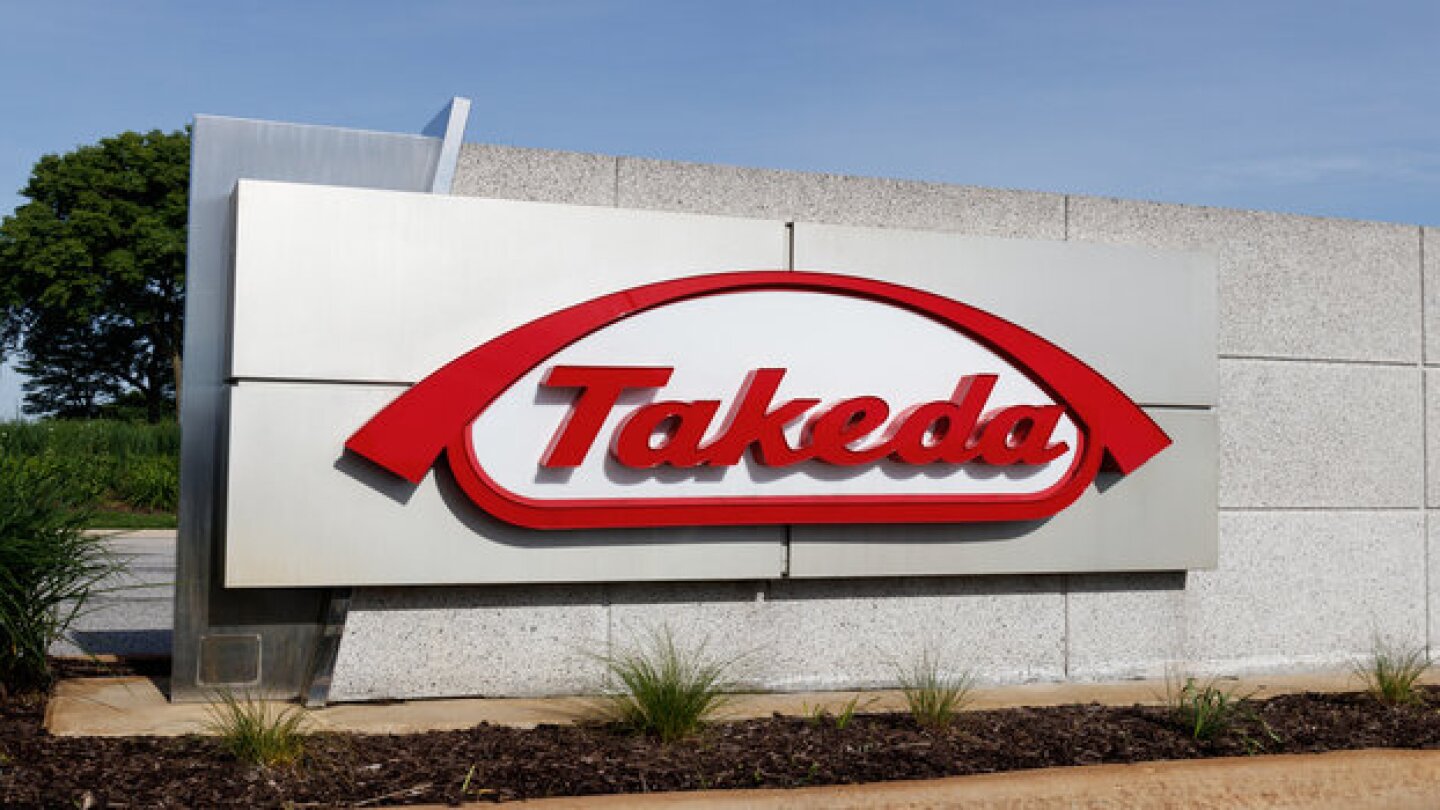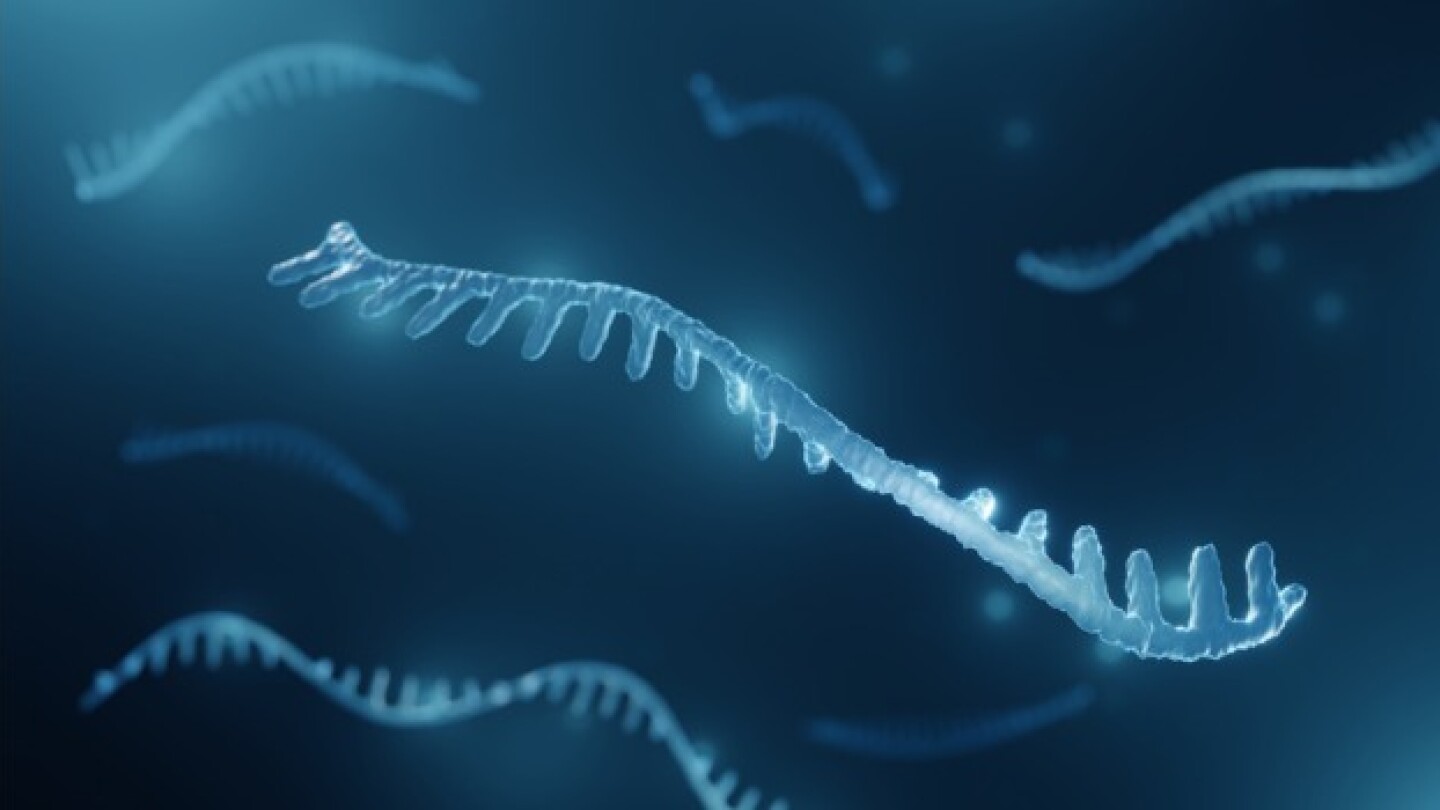Neuroscience
The Phase IIa results continue a surge of momentum in a treatment space that last week saw the approval of Vertex’s Journavx as the first novel mechanism for acute pain in decades.
In a Phase IIb trial, GH001 elicited significant drops in treatment-resistant depression. The news comes less than two weeks after J&J secured FDA monotherapy approval for its esketamine nasal spray Spravato in the same indication.
After the Phase II failure of its lead asset from Cerevel, AbbVie is resetting expectations and narrowing the clinical program to an adjunct approach—for now.
Analysts were unfazed by the news that Takeda will cease development of soticlestat after Phase III failures, while responding positively to the announcement that Julie Kim will take the helm of the Japanese giant in 2026.
Inhibikase’s setback continues biopharma’s losing streak against Parkinson’s, marked by several clinical failures and abandoned assets in recent months.
The company, co-founded by Nobel Laureate Craig Mello, aims to push molecules for Huntington’s and a form of epilepsy into Phase I trials, with additional preclinical assets targeting Parkinson’s and Alzheimer’s.
Little information has emerged about osavampator, a potentially first-in-class drug, since its promising Phase II performance last spring.
The monthly maintenance regimen, which offers a more convenient frequency than the initially approved treatment schedule for patients with Alzheimer’s, could help with Leqembi’s thus far disappointing uptake and sales.
Vigil Neuroscience reported a strong safety profile and 50% sTREM2 reduction in an early-stage trial for VG-3927, potentially representing a new avenue for treating Alzheimer’s disease.
In a good-news-bad-news week for Biogen, the company will cut an undisclosed number of employees, just as a higher dose of its Ionis-partnered therapy Spinraza for spinal muscular atrophy will be considered by the FDA and EMA.
PRESS RELEASES










